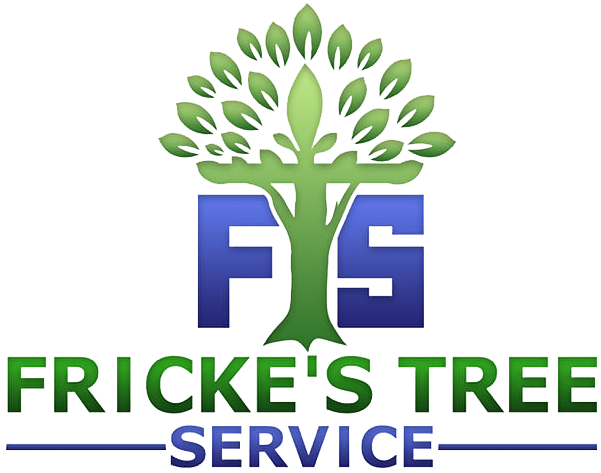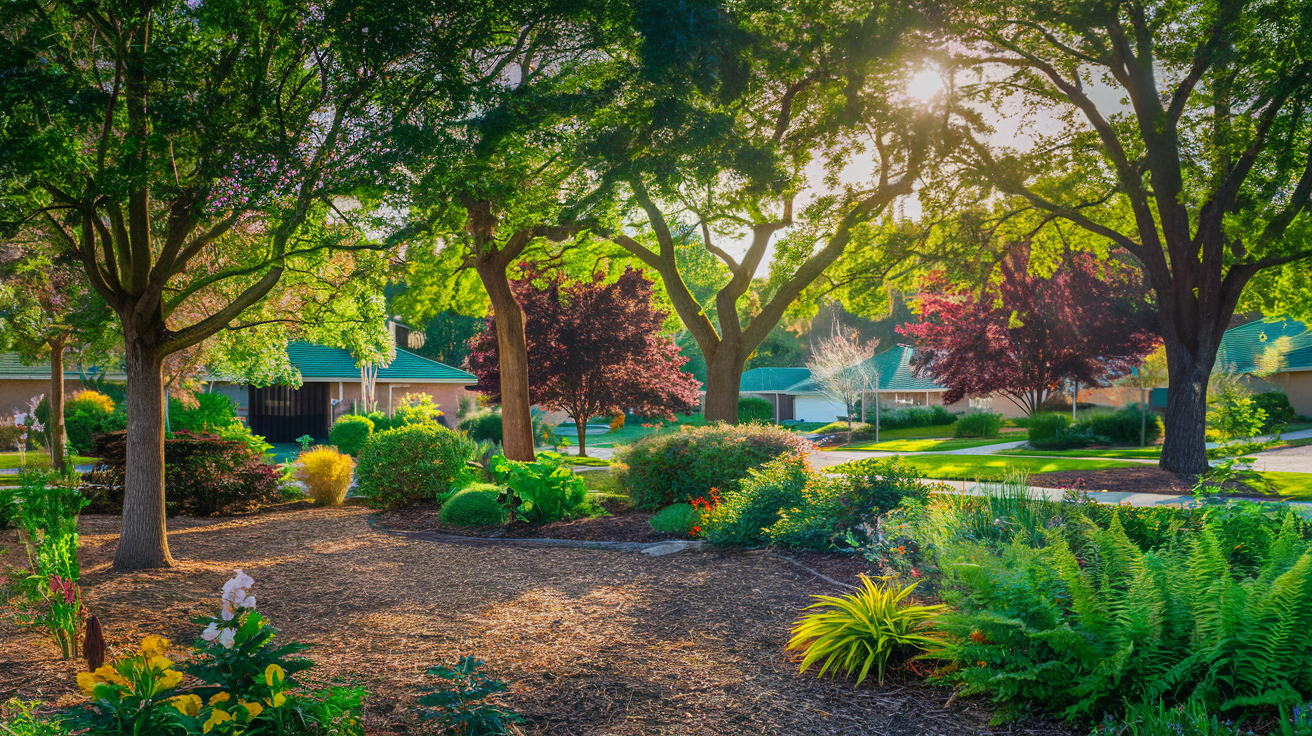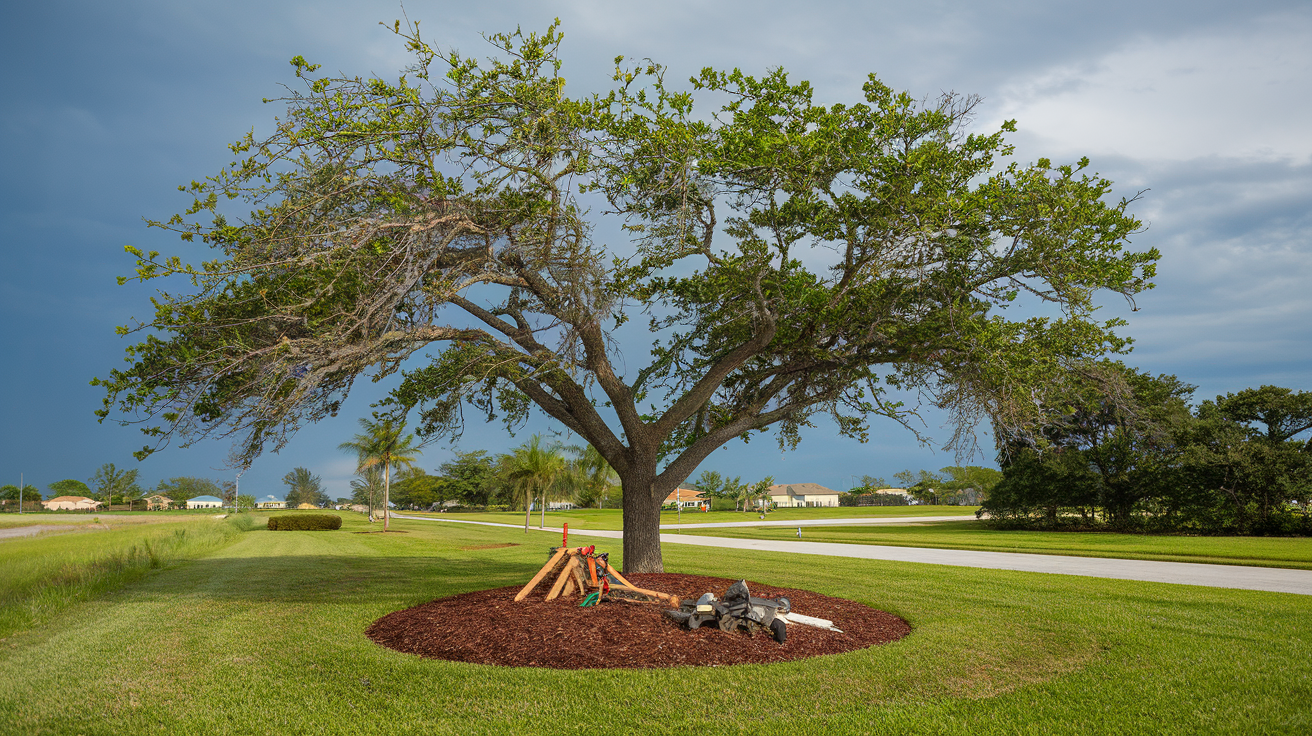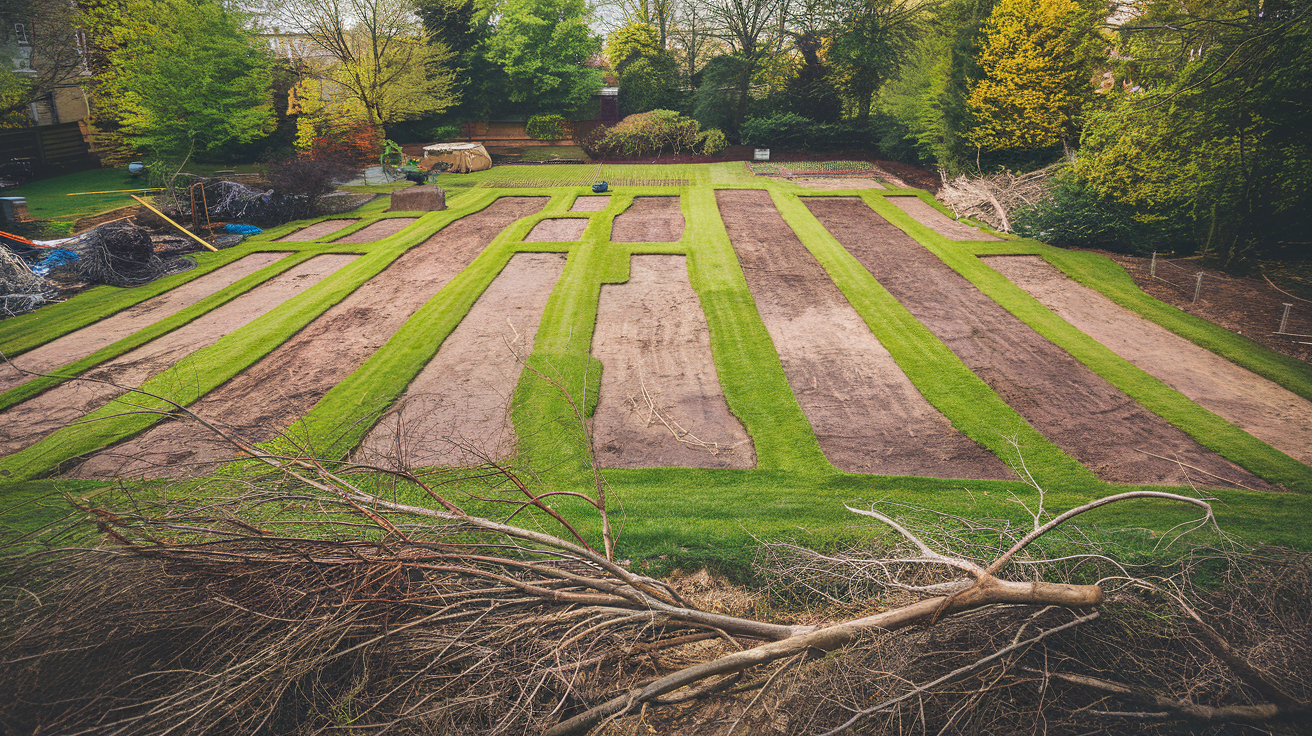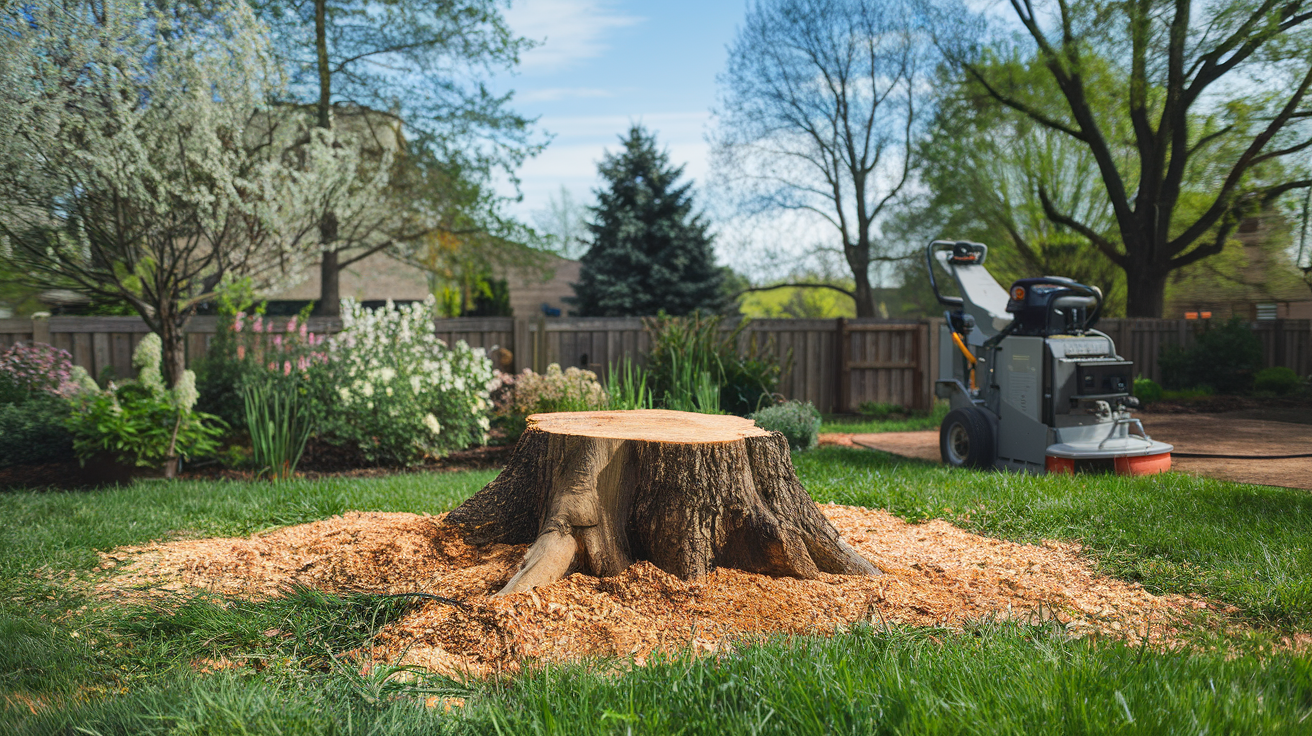Fricke's Tree Service
Boost Your Property Value with Tree Removal
How Large Tree Removal Can Increase Your Property Value
Understanding the Impact of Trees on Property Value
When it comes to real estate, the landscape plays a crucial role in determining property value. Trees can enhance the aesthetic appeal of a property, provide shade, and even improve air quality. However, large trees can also pose challenges that may detract from a property's value. In this post, we will explore how the removal of large trees can actually increase your property value and the various factors that contribute to this phenomenon.Reasons for Tree Removal
There are several reasons why homeowners might consider removing large trees from their property. Understanding these reasons can help you make an informed decision:- Health Risks: Diseased or dying trees can pose safety hazards, potentially leading to accidents or injuries.
- Property Damage: Roots can damage foundations, driveways, and plumbing, leading to costly repairs.
- Overcrowding: Too many trees can lead to competition for resources such as water and nutrients, stunting growth.
- Visibility: Large trees can obstruct views and natural light, making your property less appealing.
Enhancing Curb Appeal
One of the most immediate benefits of removing large trees is the enhancement of curb appeal. A well-maintained landscape can attract potential buyers and increase interest in your property. Here’s how tree removal contributes to curb appeal:- Open Space: Removing large trees can create a more open and inviting space, making your property feel larger and more accessible.
- Landscaping Opportunities: With trees gone, you can redesign your landscape to include flowers, shrubs, or even new trees that are more suitable for your environment.
- Modern Aesthetic: A clean, uncluttered yard often appeals to modern buyers who prefer minimalist designs.
Increasing Safety and Reducing Liability
Large trees can pose safety risks, especially during storms or high winds. Falling branches or uprooted trees can cause significant damage to property and pose a risk to people. By removing hazardous trees, you can:- Minimize Risks: Reduce the likelihood of accidents on your property, creating a safer environment for your family and visitors.
- Lower Insurance Costs: Some insurance companies may offer lower premiums for properties with fewer hazards, potentially saving you money in the long run.
Improving Property Functionality
Large trees can sometimes hinder the functionality of your property. For instance, they may block sunlight from reaching your garden or patio. By removing them, you can:- Enhance Sunlight Exposure: More sunlight can lead to better growth for plants and a more enjoyable outdoor space for relaxation and entertainment.
- Expand Usable Space: Create more room for outdoor activities or landscaping projects, allowing you to fully utilize your property.
Increasing Home Value
Studies have shown that properties with well-maintained landscapes can sell for up to 20% more than similar properties without landscaping. Here’s how tree removal can directly impact home value:- Market Appeal: A clean and open yard is more attractive to buyers, making your property stand out in a competitive market.
- Perceived Maintenance: A property that looks well-maintained suggests that the homeowner has taken care of it, which can increase buyer confidence and willingness to pay a premium.
Environmental Considerations
While trees are essential for the environment, sometimes their removal is necessary for the greater good. Here are some environmental factors to consider:- Invasive Species: Some trees may be invasive and harm local ecosystems, disrupting the balance of native flora and fauna.
- Healthier Growth: Removing overcrowded trees can allow remaining trees to thrive, promoting a healthier overall landscape.
Choosing the Right Trees to Remove
Not all trees should be removed. It’s essential to assess which trees are causing issues and which ones can be preserved. Consider the following:- Health of the Tree: Is the tree diseased or dying? Removing unhealthy trees can prevent the spread of disease to other plants.
- Location: Is the tree too close to structures or power lines? Trees that pose a risk to nearby structures should be prioritized for removal.
- Type of Tree: Is it an invasive species? Identifying and removing invasive trees can help restore balance to your local ecosystem.
Hiring Professionals for Tree Removal
Tree removal can be a dangerous task, especially for large trees. It’s advisable to hire professionals who have the expertise and equipment to do the job safely. Here are some benefits of hiring professionals:- Safety: Professionals are trained to handle tree removal safely, minimizing the risk of accidents.
- Efficiency: They can complete the job quickly and effectively, saving you time and effort.
- Cleanup: Professionals will handle the debris and cleanup, leaving your property tidy and ready for new landscaping.
Cost vs. Value: Is Tree Removal Worth It?
While tree removal can be costly, the potential increase in property value often outweighs the expense. Consider the following:- Long-Term Investment: Increased property value can lead to a higher return on investment when selling, making tree removal a financially sound decision.
- Immediate Benefits: Enhanced curb appeal and safety can make your home more enjoyable in the short term, improving your quality of life.
Conclusion: Making the Right Decision
Deciding to remove large trees from your property is a significant decision that can have lasting effects on your property value. By carefully considering the reasons for removal and the potential benefits, you can make an informed choice that enhances your property’s appeal and value. Weighing the pros and cons, along with consulting with professionals, can help ensure that you make the best decision for your home and investment. For more information on tree removal and to request an estimate, please visit Frick's Tree Service. Their team of experts can guide you through the process and help you achieve the best results for your property.SHARE POST
RECENT POSTS
Interested in Our Services?
Get in touch today to discuss your next project and we will happy to answer any questions and provide you with a no-obligation FREE Estimate.
